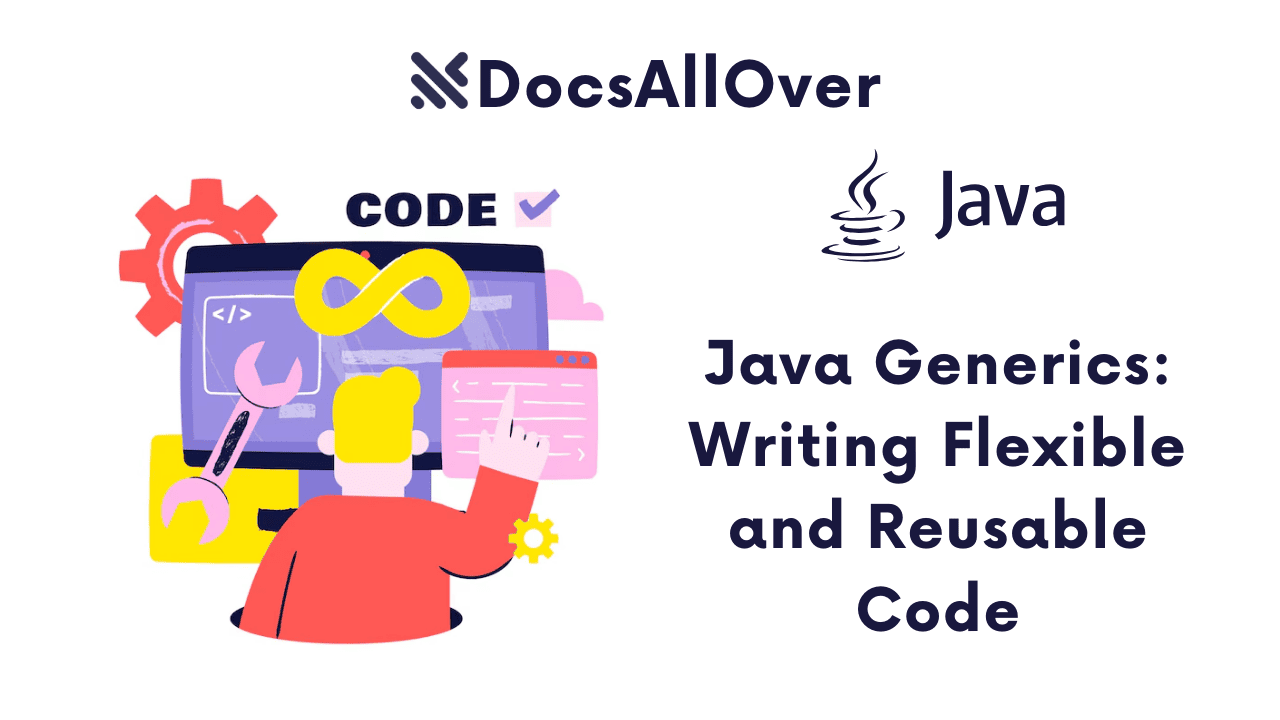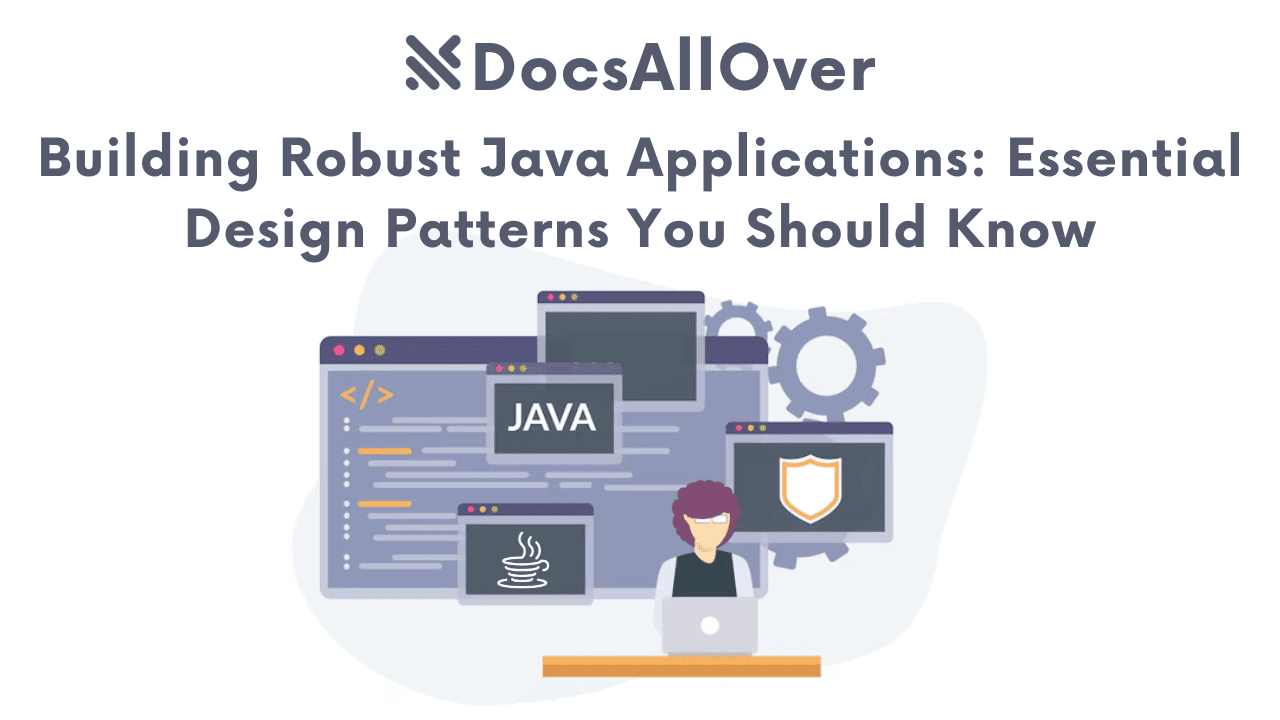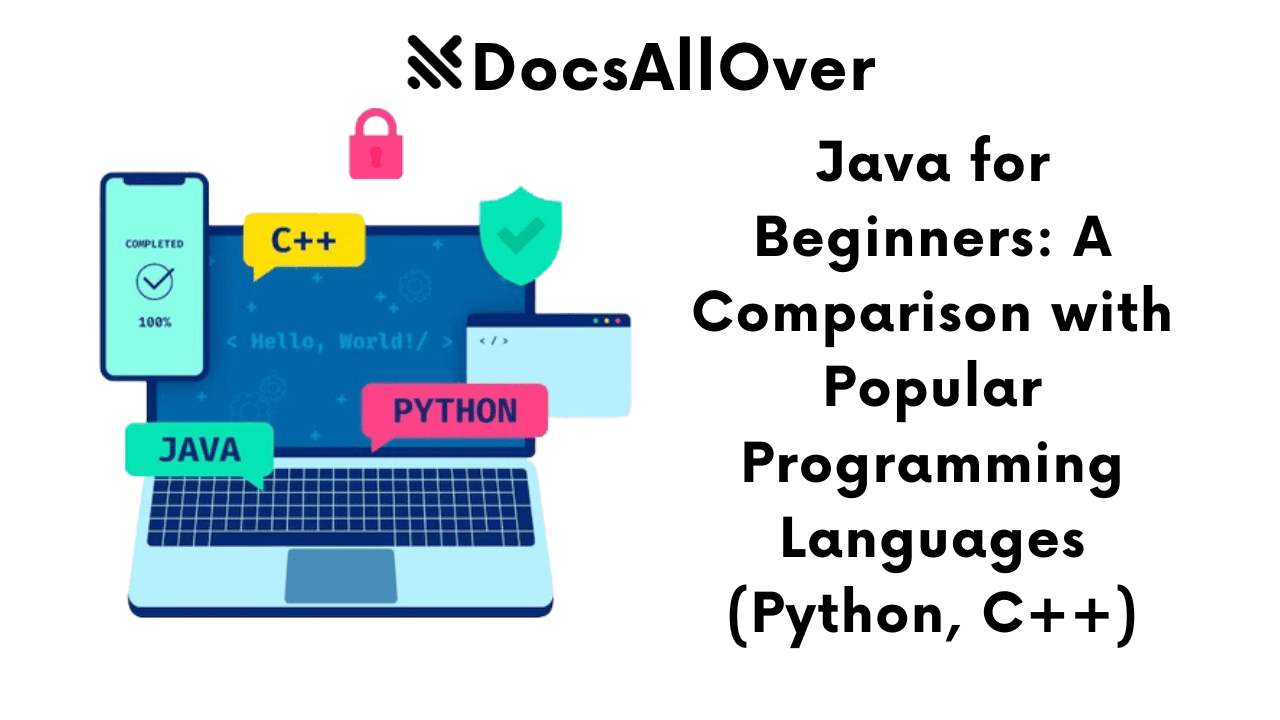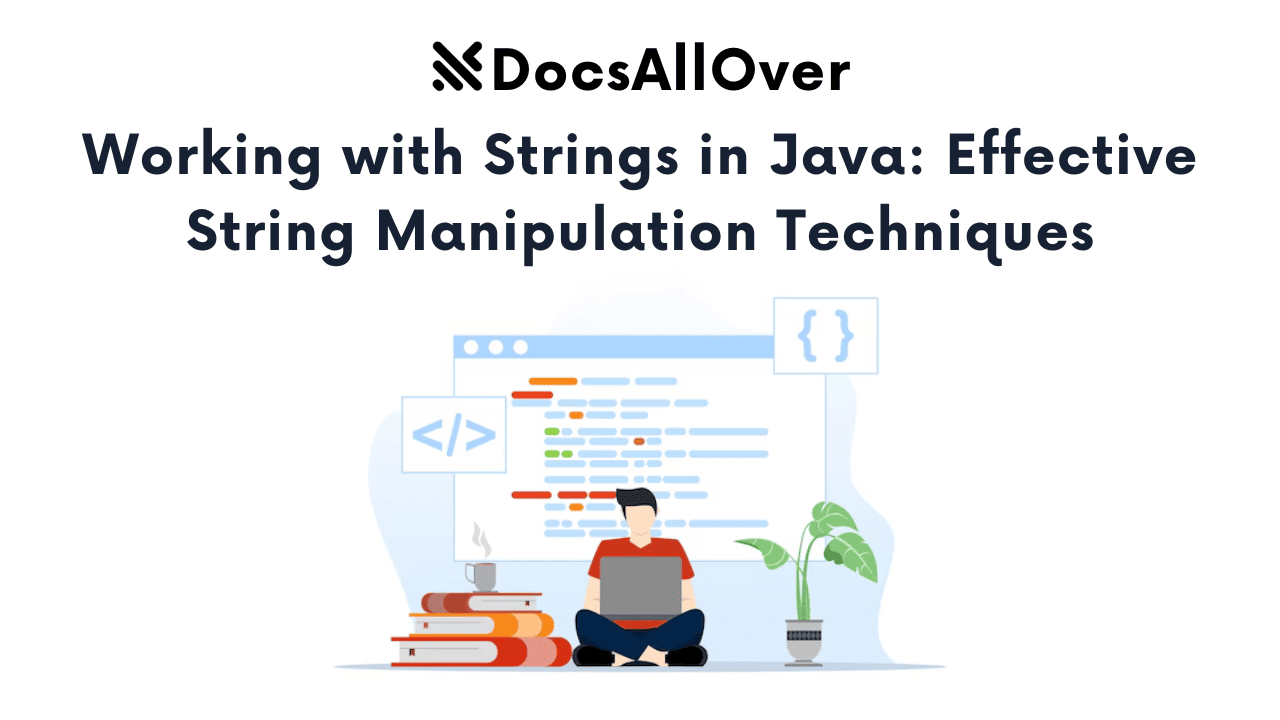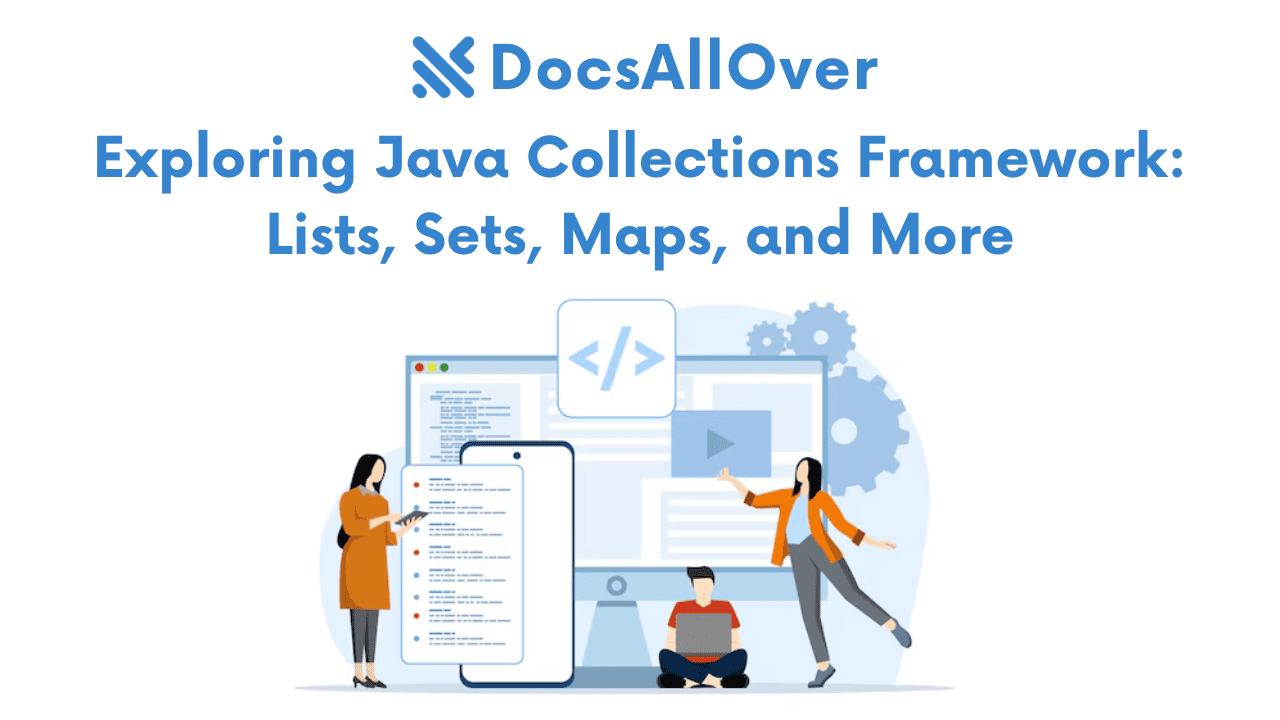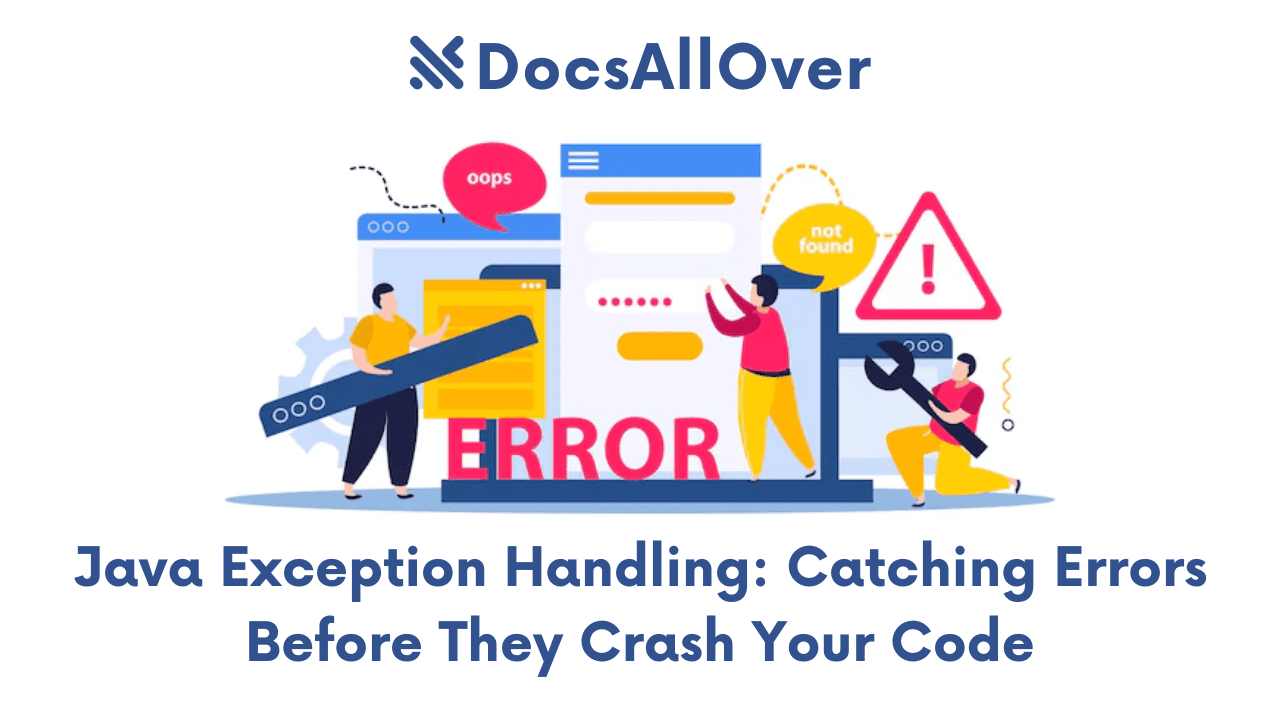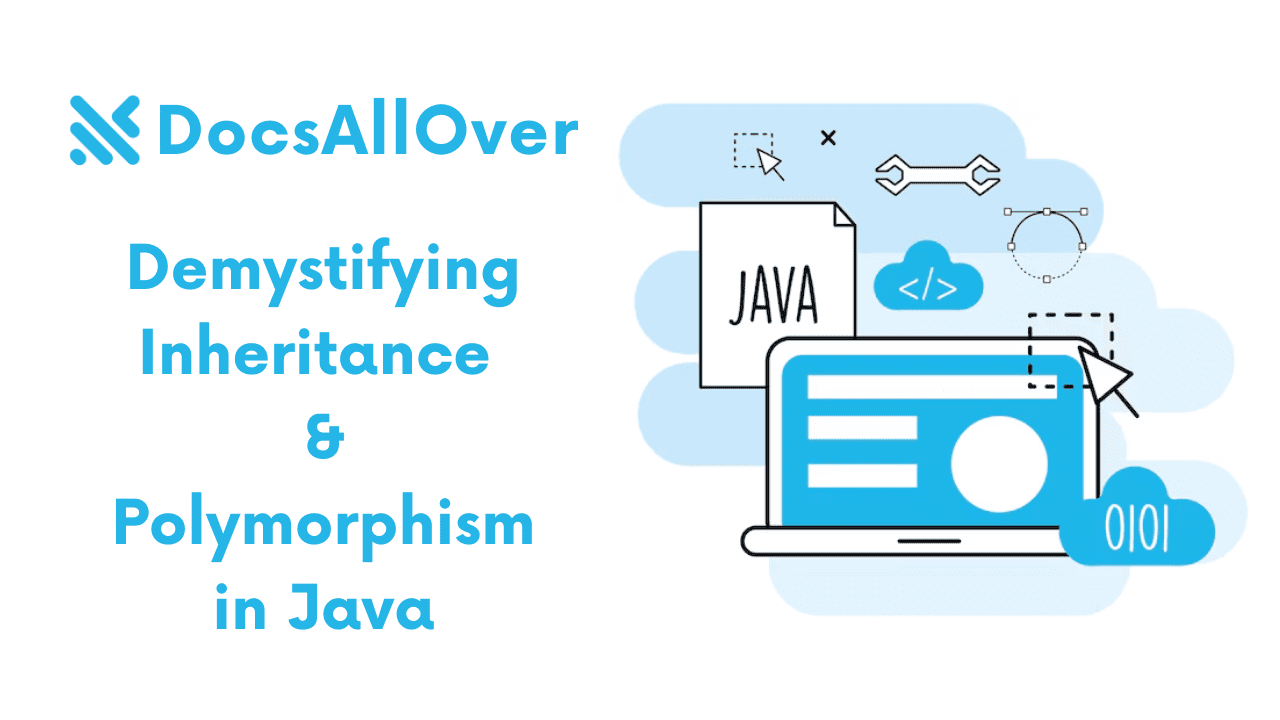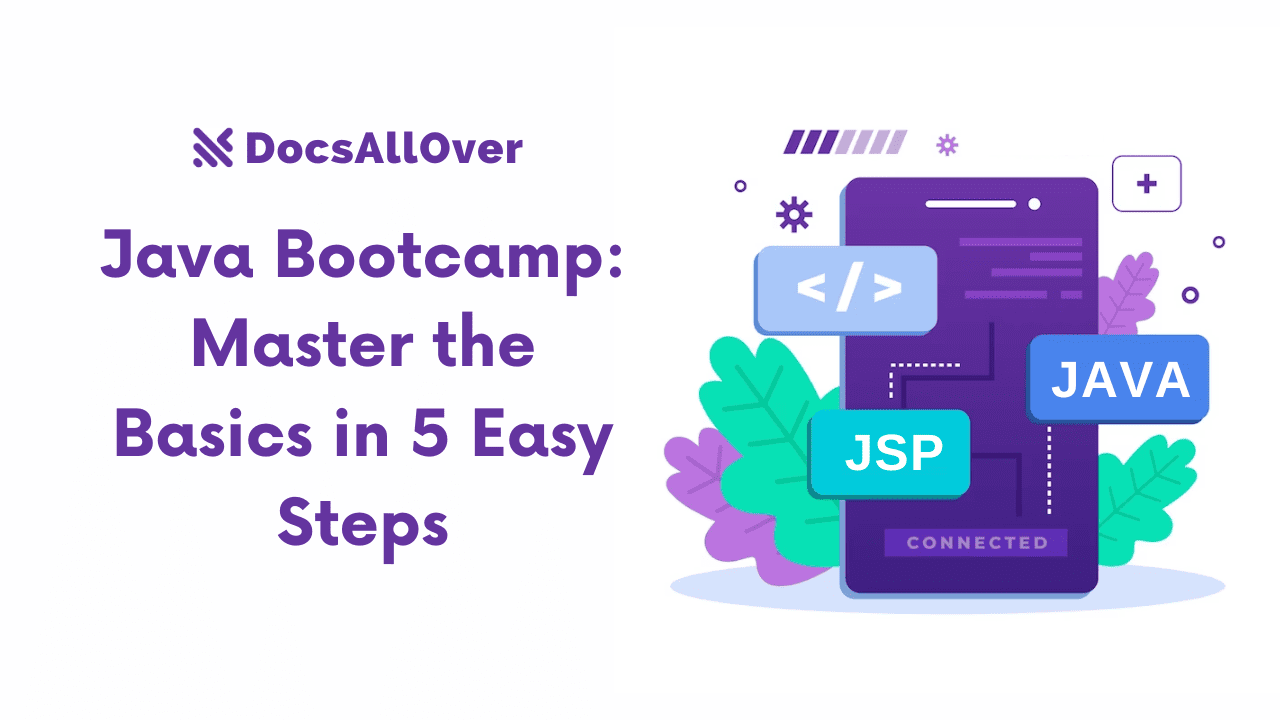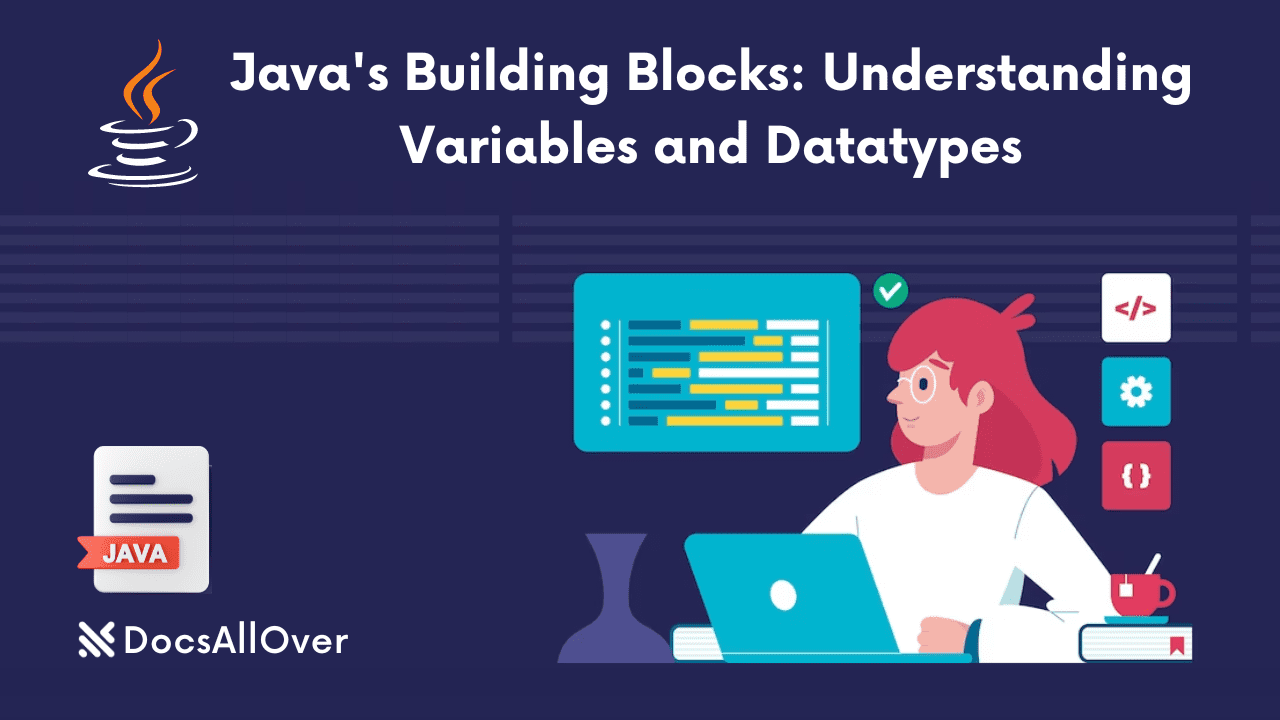Conquer OOP in Java: Your Guide to Object-Oriented Mastery
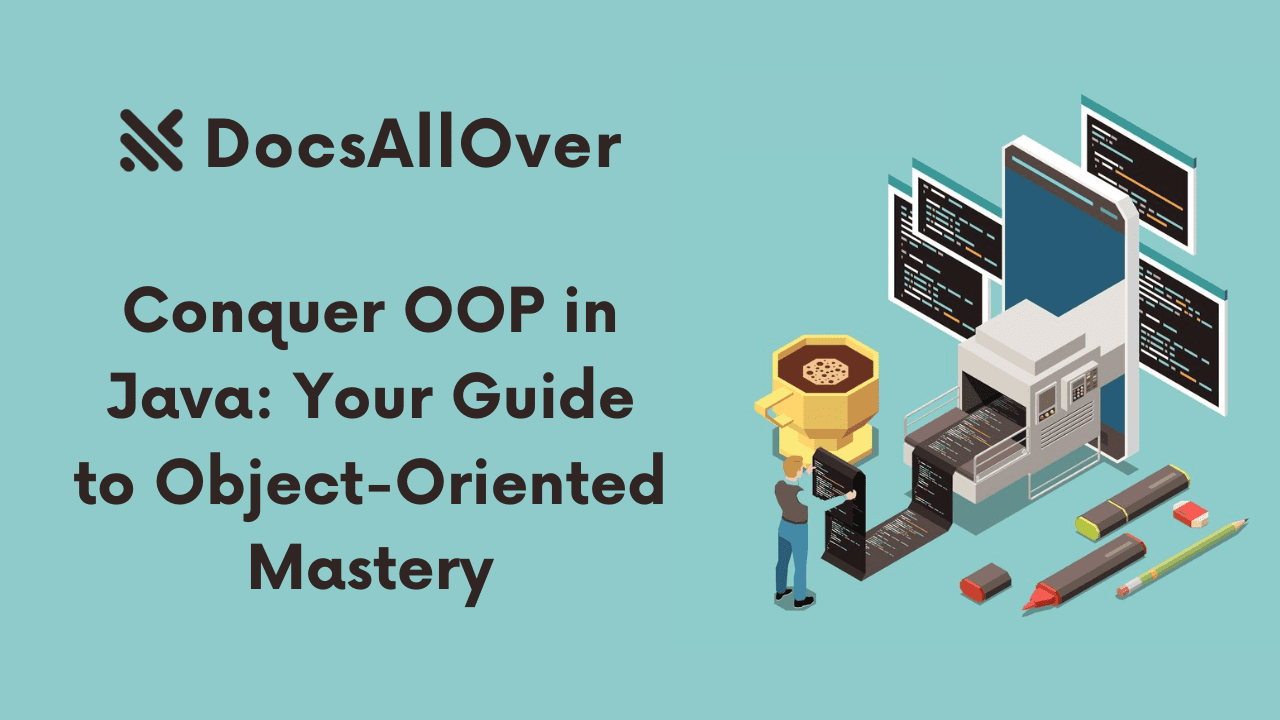
Conquer the World of Software Development with OOP in Java!
In today's ever-evolving world of software development, mastering Object-Oriented Programming (OOP) is no longer a choice, it's a necessity. OOP stands as a fundamental paradigm that shapes how we design, build, and maintain complex applications. But what exactly is OOP, and why should you care?
Imagine constructing a magnificent building. OOP provides a blueprint, a way to organize your code into modular components that can be reused and adapted. These components, called classes, act like building blocks, each encapsulating a specific functionality. Just like a blueprint allows you to construct multiple buildings from the same plan, classes let you create multiple objects (instances of the class) that share the same characteristics but can hold unique data.
This modular approach offered by OOP unlocks a treasure trove of benefits for your Java projects:
- Code Reusability: Don't reinvent the wheel! By inheriting properties and functionalities from existing classes, you save time and effort while promoting consistency.
- Maintainability: Imagine a house where every room is an independent unit. Changes to one room don't affect the others. Similarly, OOP promotes cleaner, more maintainable code, making modifications and bug fixes a breeze.
- Scalability: As your project grows, OOP allows you to easily add new features and functionalities without rewriting entire sections of code.
By conquering OOP concepts in Java, you'll not only become a more efficient developer but also gain the ability to craft robust, well-structured, and adaptable software applications. So, are you ready to embark on your OOP mastery journey in Java? Let's dive in!
Core OOP Concepts in Java: Building Blocks for Powerful Applications
Now that you're geared up for the OOP adventure in Java, let's delve into the essential building blocks: classes, objects, inheritance, and polymorphism.
- Classes: The Blueprints of Your Code
Imagine a class as a detailed blueprint for constructing a specific type of object. Just like a blueprint defines the structure and components of a building, a class outlines the attributes (data members) and methods (functions) that define an object's characteristics and behavior.
For example, consider a
Carclass. This class might have attributes likecolor,model, andyearto store information about a specific car. Additionally, it could have methods likestartEngine(),accelerate(), andbrake()to define the functionalities associated with a car.Creating a Simple Class Example:
Here's a glimpse of a basic
Carclass in Java: - Objects: Bringing the Blueprint to Life
An object is an instance of a class. Think of it as a single car built from the
Carclass blueprint. Each object holds specific values for the attributes defined in the class. For instance, you can create multipleCarobjects with different colors, models, and years.Creating Objects and Interacting with Them:
Here's how you create objects and interact with their attributes and methods:
- Inheritance: Borrowing the Best from the Rest
Inheritance allows you to create new classes (subclasses) that inherit properties and behavior from existing classes (superclasses). This concept promotes code reusability and helps build relationships between classes.
For example, an
ElectricCarclass could inherit from theCarclass, gaining access to all its attributes and methods (color, model, year, startEngine, accelerate, brake). Additionally, theElectricCarclass could have its own unique attribute, likebatteryLife, and potentially override methods likemakeSound()to reflect the different sound an electric car makes.This "is-a" relationship between subclasses and superclasses allows you to create specialized classes while leveraging existing functionality.
- Polymorphism: Many Faces, One Message
Polymorphism, meaning "many forms," adds another layer of flexibility to OOP. It enables objects of different classes to respond differently to the same method call. This is achieved through method overriding, where a subclass can redefine a method inherited from the superclass.
For instance, both the
CarandElectricCarclasses could have amakeSound()method. However, the implementation ofmakeSound()would differ in each class to reflect the distinct sounds of a gasoline engine and an electric motor. When you callmakeSound()on a specific object, Java will execute the appropriate implementation based on the object's class.
By mastering these core OOP concepts, you'll be well on your way to building robust, reusable, and adaptable Java applications! Stay tuned as we explore more advanced OOP concepts and embark on a practical project to solidify your understanding.
Advanced OOP Concepts
While we've explored the fundamental building blocks of OOP, Java offers even more powerful features to enhance your code structure and maintainability. Let's take a quick peek at two additional concepts:
- Encapsulation: Protecting Your Data
Encapsulation promotes data security and code integrity by bundling data (attributes) and methods (functions) within a class. Access to this data can be controlled using access modifiers (public, private, protected), allowing you to restrict direct modification of sensitive data from outside the class. This approach ensures data consistency and prevents accidental changes that could break your program.
Think of encapsulation as building a secure house. The house (class) holds valuable belongings (data) and provides controlled access points (methods) for interacting with them. This way, you can safeguard your data and maintain the overall structure of your code.
- Abstraction: Focusing on What Matters
Abstraction allows you to define the "what" without getting into the "how." Imagine a remote control for your TV. You press a button (call a method) to turn on the TV, but you don't need to know the intricate details of how the electricity flows and circuits interact.
In Java, interfaces are a powerful tool for abstraction. An interface defines a set of functionalities (methods) that a class must implement, but it doesn't provide the actual implementation details. This allows for flexibility and code reusability. Multiple classes can implement the same interface, offering different implementations for the defined methods.
Think of an interface as a contract. It specifies the services (methods) a class must provide, but the specific way the class fulfills those services is left up to the implementation details.
These are just brief introductions to encapsulation and abstraction. As you delve deeper into OOP, you'll gain a more comprehensive understanding of these concepts and how they contribute to well-structured and maintainable Java applications.
Putting OOP into Action: Building a Mini Inventory Management System
Now that you're armed with the core OOP concepts, let's put your newfound knowledge to work! We'll build a simple inventory management system using classes in Java.
The Project:
Our system will manage a basic inventory of products. We'll have two main classes: Product and Order.
- Product Class: This class will define the attributes of a product, such as its name, ID, price, and quantity in stock. It can also have methods like
displayProductInfo()to showcase the product details. - Order Class: This class will represent an order placed for a specific product. It will have attributes like the product object (reference), quantity ordered, and total order value (calculated based on product price and quantity ordered). It can also include a method like
displayOrderInfo()to display order details.
Code Snippets:
Putting it Together:
We can create instances of the Product class for different items in our inventory. Then, we can create Order objects referencing those products and specifying the quantity ordered. This basic example demonstrates how OOP concepts like classes, objects, and method calls can be used to structure and manage data within a program.
Remember, this is a simplified version. You can expand on this project by adding functionalities like updating product quantities based on orders, implementing user interaction and menus, and potentially storing data in a file or database. As you explore further, you'll discover the immense power and flexibility that OOP offers for building complex and robust applications in Java!
Conclusion: Conquering OOP in Java - A Stepping Stone to Mastery
Congratulations! You've embarked on a journey through the exciting world of Object-Oriented Programming (OOP) in Java. We've explored the fundamental building blocks:
- Classes: Blueprints for creating objects, defining their attributes (data) and methods (functions).
- Objects: Instances of a class, holding specific data values and exhibiting the behavior defined in the class.
- Inheritance: Reusing existing code by creating new classes (subclasses) that inherit properties and functionalities from parent classes (superclasses).
- Polymorphism: Enabling objects of different classes to respond differently to the same method call, adding flexibility to your code.
By mastering these core concepts, you've laid a solid foundation for building well-structured, maintainable, and reusable Java applications.
The Adventure Continues:
This is just the beginning! The world of OOP in Java offers a vast array of advanced features waiting to be explored. Here's how you can keep pushing forward:
- Practice Makes Perfect: Experiment with different OOP concepts by building small projects. Challenge yourself to implement inheritance and polymorphism in your code.
- Explore Advanced Topics: Delve deeper into concepts like encapsulation and abstraction to further enhance your code's structure and security.
- Utilize Online Resources: Numerous online tutorials, courses, and documentation are available to guide you through more advanced OOP concepts.
Remember, the key to mastering OOP is consistent practice and exploration. Don't be afraid to experiment, and leverage the vast resources available online. As you keep learning and building, you'll transform from an OOP novice to a Java programming pro, capable of crafting powerful and sophisticated applications!
